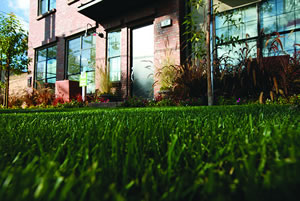- 2 reads

What is LEED?
Those four letters – L-E-E-D – have been cropping up everywhere these days, and many times, without an explanation. Houses and buildings of all shapes and sizes are now LEED certified; even some colleges are making sure their dorms have the LEED approval.
LEED stands for Leadership in Energy and Environmental Design. It is a voluntary rating system that originated in 1998. Since then, over 14,000 projects in both the United States and 30 countries have been LEED-certified.
So what does LEED mean?
Sure, a house that’s LEED certified means it’s more environmentally friendly than the non-LEED-certified house next door, but how much “green” has gone into this LEED home, exactly?
Can I make my house LEED certified?
Any house can be a LEED home. It can be affordable housing, duplexes, high-performance green homes, single-family homes, mass productions homes, and even all types of apartments.
If a house has the LEED certification, it means that it is typically safer, healthier and than other homes. LEED houses typically have lower energy and water bills, reduced greenhouse gas emissions, and most importantly to your health, fewer problems with mold, mildew and other indoor toxins.
As a consumer, knowing that a house is LEED certified means it is extremely eco-friendly, it has been inspected by a third-party, has been performance tested and is officially certified as a house that will perform better than standard homes.
The LEED certification system works on a point scale. Some of the qualifications for a LEED home include:
- Minimized need for water
- Minimized need for poisons for insect and disease control
- The central water supply works through reusing/recycling rainwater or other water
- Reduced use of lighting and energy consumption
- Reduced occupant exposure to indoor pollutants
The key to making a LEED home is to meet those standards and more, while at the same time keeping your house more functional than a standard home. It comes down to treating your home as a living organism, instead of as an object. If a house is LEED certified, you can rest assured that it is one of the safest, healthiest homes on the market.
For more information on LEED Certification, check out the US Green Building Council, or to learn more in general about the ‘payback’ on energy efficient homes visit the GREENandSAVE.com section on Green Home Building.

